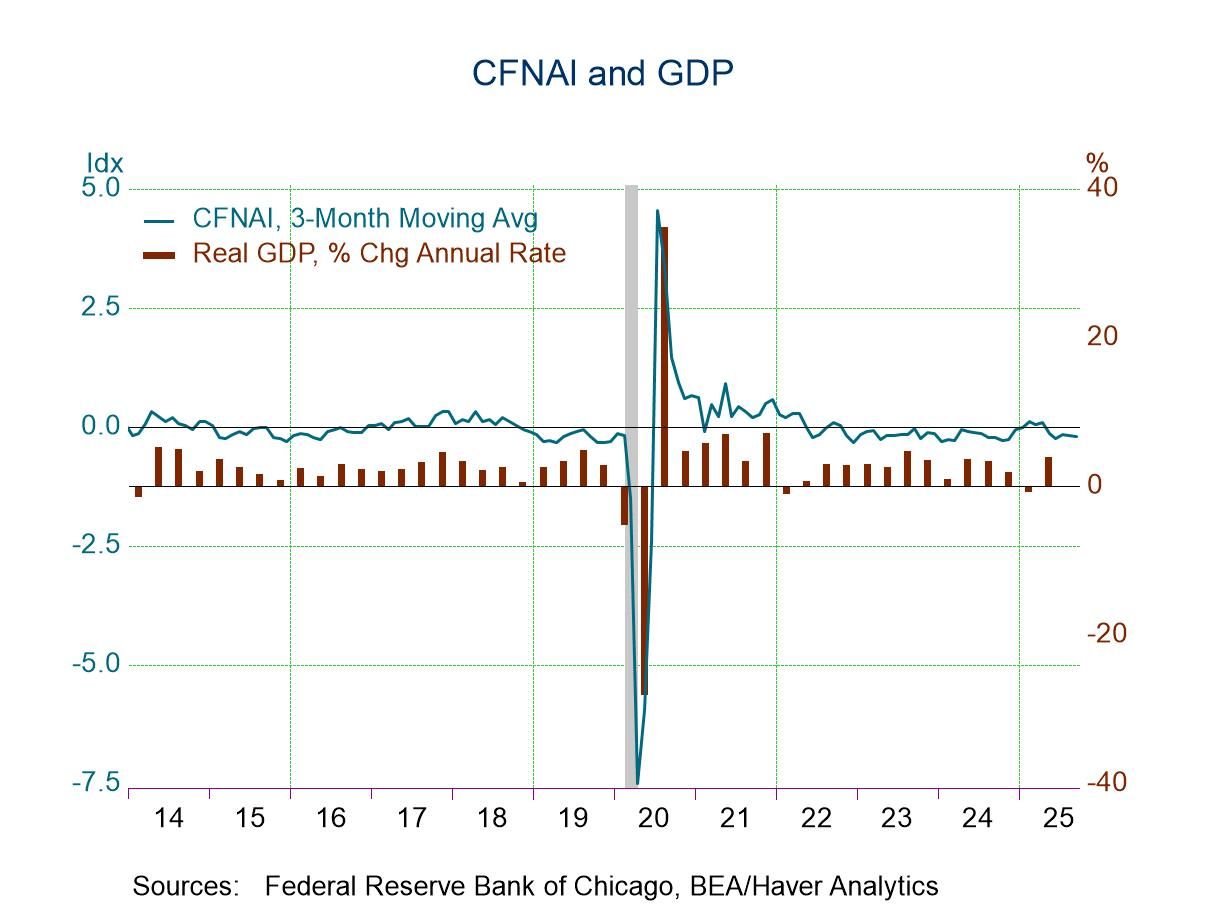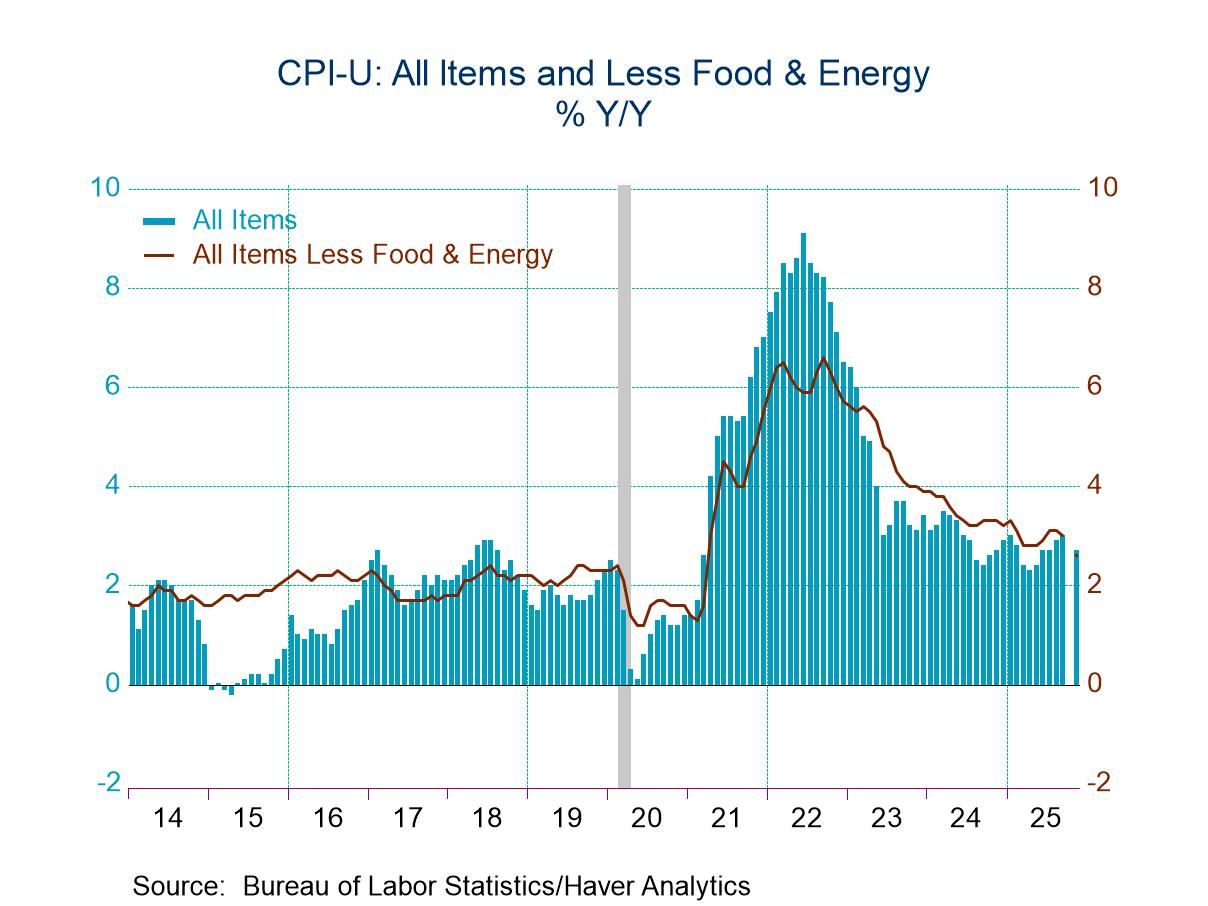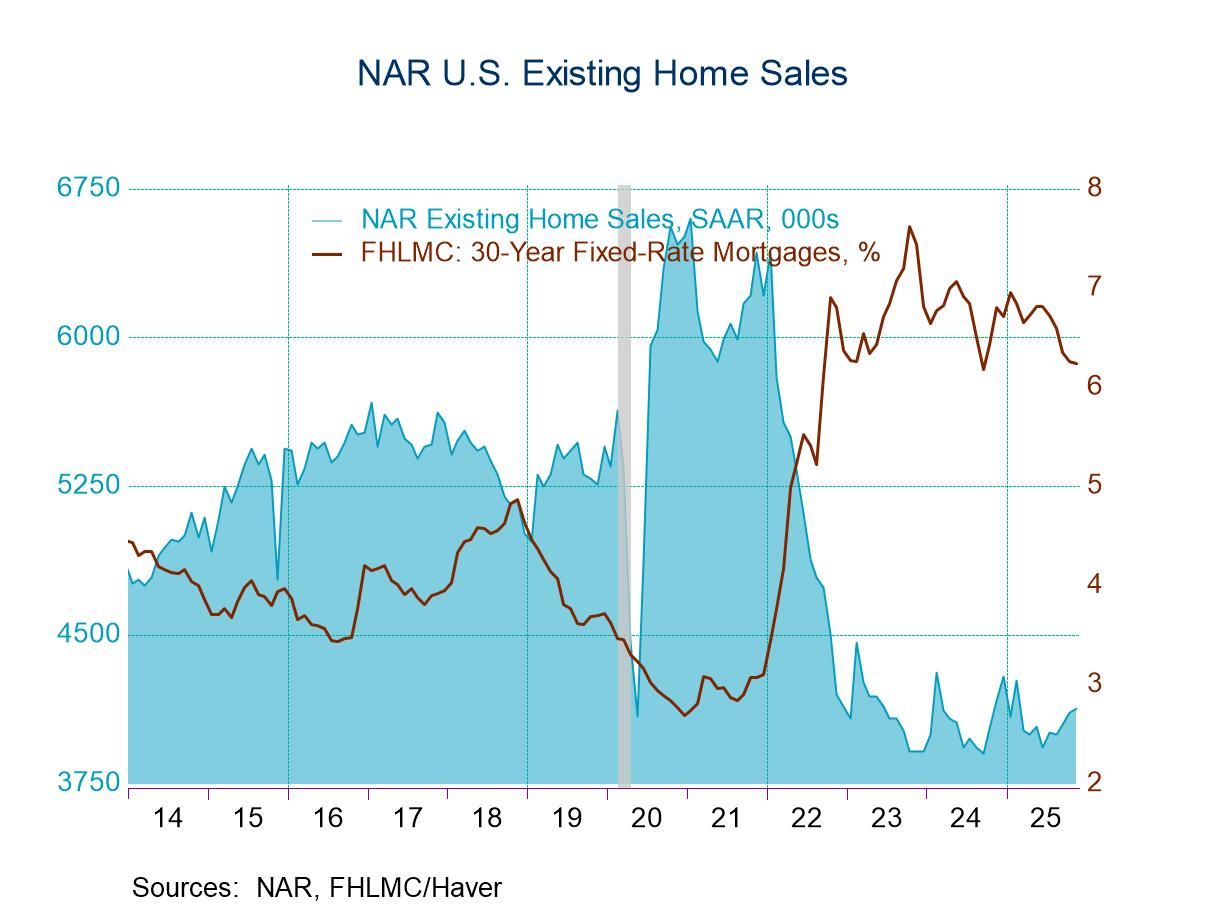U.S. Payrolls Show Unexpected Strength in February; Earnings Are Unchanged but Jobless Rate Declines
by:Tom Moeller
|in:Economy in Brief
Summary
- Widespread job strength registered after Omicron.
- Hourly earnings hold steady after months of strong gain.
- Jobless rate falls to lowest level in two years.


Nonfarm payroll employment increased 678,000 (4.8% y/y) in February following a 481,000 January increase. A 390,000 February gain had been expected in the Action Economics Forecast Survey. The December rise was revised to 588,000 from 510,000.
Average hourly earnings held steady last month (5.1% y/y) after increasing 0.6% in January, revised from 0.7%. A 0.5% monthly gain had been expected.
The unemployment rate fell to 3.8% in February from 4.0% in January. A 3.9% rate had been expected. Employment in the household survey increased 548,000 last month following a 1.199 million January rise. The labor force rose by an additional 304,000 workers after rising 1.393 million in January. The overall unemployment rate, including those who were marginally attached or working part-time for economic reasons, rose to 7.2% last month from 7.1% in January.
Payroll employment strength last month was led by the private service sector where jobs increased 549,000 (5.7% y/y) following a 424,000 January gain, revised from 440,000. Leisure & hospitality sector jobs rose 179,000 (17.4% y/y). Education & health services employment gained 112,000 (2.7% y/y). Trade, transportation & utilities employment rose 103,000 (3.9% y/y) within which retail trade employment rose 36,900 (3.0% y/y). Hiring in the professional & business sector improved 95,000 (5.5% y/y) as temporary help increased 35,500 (11.8% y/y). The number of financial sector workers also rose 35,000 (2.1% y/y) and information services jobs held steady (5.9% y/y). Government sector payrolls rose 24,000 (1.8% y/y in February including a 21,000 gain (2.2% y/y) in local employment.
Factory sector employment rose 36,000 last month (3.3% y/y) and construction sector payrolls jumped 60,000 (4.6% y/y).


Average hourly earnings in the private sector were unchanged. Earnings were held back by a 1.0% decline (+1.9% y/y) in financial sector pay which was roughly offset by an accelerated 1.3% increase (2.8% y/y) in information sector earnings.
The length of the private sector average workweek improved last month to 34.7 hours after falling to 34.6 hours in January. Manufacturing sector hours jumped to 40.7 from 40.3 and the financial sector workweek lengthened to 37.6 hours from 37.4 hours in January. Hours-worked in the professional & business service sector held at 36.7 hours for the sixth straight month and the education & health services workweek rose to 33.5 hours, its highest level since March 2021. The leisure & hospitality workweek of 25.8 hours remained below its 26.6 hour high last April.
From the household employment survey, the lower 3.8% unemployment rate in February occurred as the labor force participation rate strengthened to 62.3%, its highest level since March 2020. The number of discouraged workers fell 24.8% y/y.
The employment/population ratio for all workers rose to 59.9% in February from 59.7. It has been trending higher since early 2020 but has remained below the February 2020 high of 61.2%.
The average duration of unemployment rose to 26.6 weeks in February but remained below the high of 31.6 weeks in June of last year. The median unemployment duration fell sharply to 9.6 weeks and remained below a recent high of 19.6 weeks in June of last year.
The employment & earnings data are collected from surveys taken each month during the week containing the 12th of the month. The labor market data are contained in Haver's USECON database. Detailed figures are in the EMPL and LABOR databases. The expectations figures are in the AS1REPNA database.


Tom Moeller
AuthorMore in Author Profile »Prior to joining Haver Analytics in 2000, Mr. Moeller worked as the Economist at Chancellor Capital Management from 1985 to 1999. There, he developed comprehensive economic forecasts and interpreted economic data for equity and fixed income portfolio managers. Also at Chancellor, Mr. Moeller worked as an equity analyst and was responsible for researching and rating companies in the economically sensitive automobile and housing industries for investment in Chancellor’s equity portfolio. Prior to joining Chancellor, Mr. Moeller was an Economist at Citibank from 1979 to 1984. He also analyzed pricing behavior in the metals industry for the Council on Wage and Price Stability in Washington, D.C. In 1999, Mr. Moeller received the award for most accurate forecast from the Forecasters' Club of New York. From 1990 to 1992 he was President of the New York Association for Business Economists. Mr. Moeller earned an M.B.A. in Finance from Fordham University, where he graduated in 1987. He holds a Bachelor of Arts in Economics from George Washington University.






